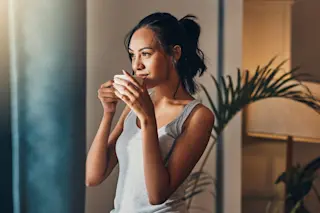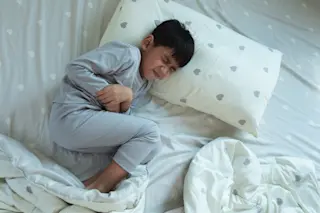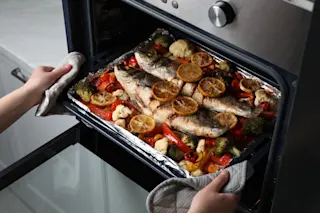by Richard Wrangham, as told to Discover’s Veronique Greenwood. Wrangham is the chair of biological anthropology at Harvard University, where he studies the cultural similarities between humans and chimpanzees—including our unique tendencies to form murderous alliances and engage in recreational sexual activity. He is the author of Catching Fire: How Cooking Made Us Human.
When I was studying the feeding behavior of wild chimpanzees in the early 1970s, I tried surviving on chimpanzee foods for a day at a time. I learned that nothing that chimpanzees ate (at Gombe, in Tanzania, at least) was so poisonous that it would make you ill, but nothing was so palatable that one could easily fill one’s stomach. Having eaten nothing but chimpanzee foods all day, I fell upon regular cooked food in the evenings with relief and delight.
About 25 years later, it occurred to me that my experience in Gombe of being ...













